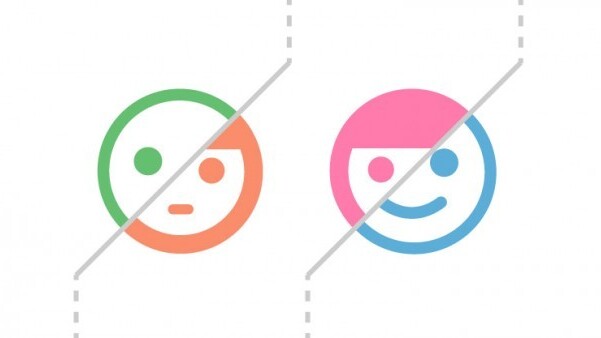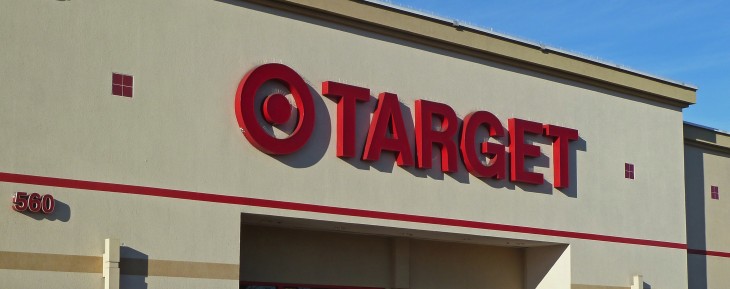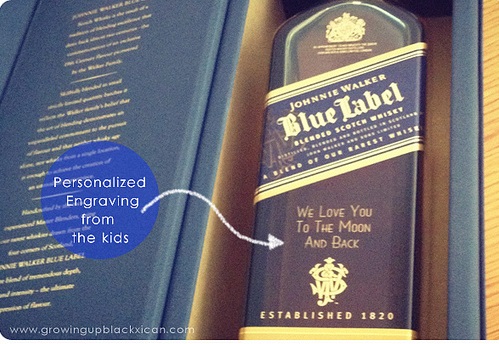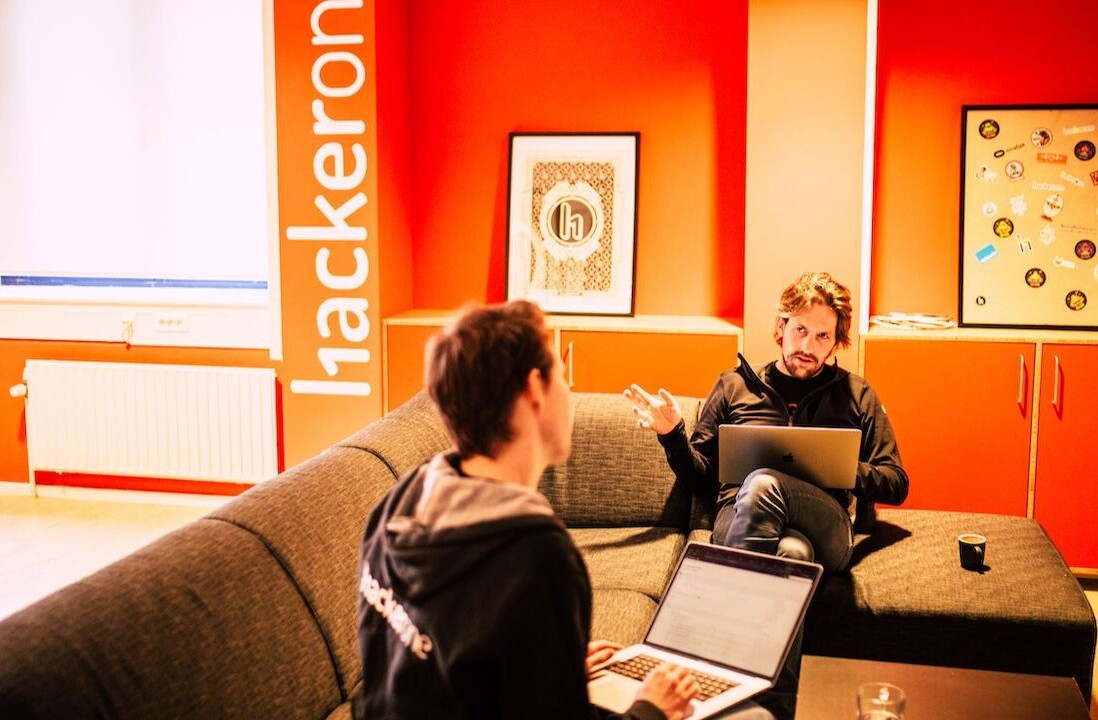
David Arnoux is Head of Growth and co-founder of Twoodo, helping teams organize using simple #hashtags. This post originally appeared on the Twoodo blog.
Customer segmentation means categorizing your visitors/users in a way that achieves a business goal – even your early adopters. There are tons of benefits to correctly segmenting: avoiding useless channels, identifying the most profitable channels, improving your customer service, discovering unexplored niches and more.
It all boils down to using your resources wisely to achieve maximum profitability. Before we get into this deeply, I’d like to bring up a fascinating story of how Target (USA) ironically over-targeted its customers.
The famous anecdote is about how Target figured out a teenage girl was pregnant before her parents did by spotting patterns in what women were buying in each of their trimesters – lotion, mineral supplements, blankets – in order to super-target them with coupons for items it expected them to buy at stages in the pregnancy. And pregnant women are a lucrative market!
Via her customer ID number, Target tracked what she bought and sent her coupons in the mail for what it anticipated would be her next baby purchase in the trimester. The father found the coupons and was enraged at Target.
But the story became infamous – and Target learned that becoming so specific was creeping its customers out. So now, whilst it still send coupons based on this data, it also added randomized ads for other things in order to make people less mindful of how their every purchase is being tracked. See more on the story here.
One size doesn’t fit all
Despite this story, most of the time being able to segment leads for better personalization. Personalization has been proven to time and again be effective in converting people. It’s more than just addressing the email with the first name of the recipient – it involves the right timing, a compelling CTA (not all your segments will respond to the same CTA), and using specific language.
Check these stats from Adobe/Econsultancy:
Unsurprisingly, there is slow change in big business:
“Of course, technology trends mirror business demands. If business stakeholders had really understood the value of personalization in digital then all those brilliant folks writing software would have supported the need. Despite the many obvious examples among the leaders in the digital space, most enterprises have been disappointingly slow in learning the real lessons. They tend to think that those business models just don’t apply to them.
That’s not without foundation – you can’t just assume that because an online retailer with millions of products makes great use of market-basket like analytics that it’s what you need too. It’s the deeper lesson – that driving personalized experience’s differentiates – that often goes under-appreciated.”
Whilst these dinosaurs still walk around, you can take advantage of it! As long as your attitude is not trying to please them all, you’ll have something of value to offer a niche.
Personalization works for customer segmentation
The shift to the ‘personalized Web’ is therefore sadly not being driven by goodwill but because business are reacting to the market. But segmenting merely by location and life-stage are not always going to be enough to appeal to our dynamic and shifting personalities.
This is why algorithms that can track and predict our tastes and habits in the future will become so lucrative.
In the meantime, we must segment our visitors and customers into meaningful groups with sensible KPIs that can realistically help us reach our goals.
SoAdaptive lists the reasons why personalization works:
- convergence: social logins that show how many of your friends are already using the service/product encourage you to be part of the tribe.
- relevance and immediacy of information: it resonates with the new user that you are already ‘intuitively’ serving their desires.
- trust: personalization through displaying common friends on board, sending targeted information and including steps such as a ‘welcome’ and ‘thanks’ page increase trust in the brand .
- similarity: we are comfortable with what we know, and therefore less likely to unsubscribe.
- reciprocation: a deep psychological trait in humans – do something for your users and it is likely they will do something for you in return.
- emotion: the right stimulus will provoke an emotional response, and lead to increased engagement.
- social proof: we are strongly influenced by our friends, peers and family – we are more likely to use or buy a product if those around us insist on also using it.
Of course, these points of personalization come after you have figured out your segments. Here is a list of typical segmentation, taken from Megan Neely and Jeffrey Vocell on Quora:
- Previous engagement with your website
- Time/Day/Data
- Recency & Frequency of Visits
- Referring Source (campaign vs. earned media)
- Mobile Browser Type
- Keyword
- External Data – think CRM or click-through data stored in email or marketing automation platforms
- Behavior
- Mobile device properties (i.e. touchscreen or non-touchscreen)
- Mobile device type (iPhone / Android / Blackberry, etc)
- Table type & browser
- Geo-location (State/Region, City, Zip Code, Media Market)
- Language
These segments are important, but give a generalized rather than personalized view of the users. From these data points, you can
- test CTAs/landing page design
- identify drop-off points
- optimize for mobile devices
- decide if you need to build specific apps for devices
- find out what language base is largest amongst your users
- see which growth tactics have driven numbers and which have not
- most effective times to show in-app messages, offers, coupons etc.
This is certainly useful. But take a look at how Localytics takes it a step further.
This video from Localytics gives an excellent breakdown of how users can be segmented in a way that makes sense for each unique mobile app. It segments its customers into unique categories: “couponers,” “second screeners,” “news junkies” and “social butterflies.” These groupings make sense to the business goals of the company.
Where regular segmentation and personalization converge
Humans are not zombies. You cannot tell what stimulates me to become more engaged with your product if you don’t know what gets me up in the morning.
As Simon Sinek’s now famous TED speech proclaims “it’s not what you do, it’s why you do it.” This phrase drives us at Twoodo every day to try to learn more about why our users really want us.
People become loyal to a company not because of just the product but what that company stands for. These are called ‘psychographic characteristics. Where segmentation and personalization will become most powerful for your product or service is where you can merge these successfully.
Some psychographic characteristics (Community Tool Box):
- Political views, including both party affiliation and the radical-liberal-centrist -conservative-rightist spectrum.
- Values and moral system.
- Social attitudes
- Actual religious beliefs (not just ‘born into it’)
- Environmental awareness and attitudes
- Health consciousness
- Attitudes toward authority, from blind acceptance to outright hostility
How can you figure this out?
Find out where your users are on the internet – forums, Google+ communities, Twitter lists, Facebook groups, Meetups. What is their industry/role? In what way does their local culture affect them?
For example, we have in-app messages in our product to check in and see how people are doing. For our American customers, it worked splendidly. They loved being reached out to.
However, in The Netherlands, people found it impinged on their privacy and annoyed them. Why? The USA is strongly influenced by customer service and the business taking care of them. And the Dutch are an autonomous people who reach out when they need to, when they want to.
This is also a great opportunity to find out the language your users speak. It is essential to learn this language so that your service can be developed to present itself in the most enticing way possible to your niche.
The Obama 2012 campaign applied this form of personalization in an innovative way. The team used not only people’s names in emails, but created a dashboard for them to log in to the campaign, view what was going on, participate in discussion, offer ideas and so on.
This was because their user base was used to participating using social collaboration and respected transparency and direct involvement.
The big ‘BUT’
As you are making all of these wonderful discoveries about your users, keep in mind what your company goals are. Over-segmenting can be counter-productive. If these personalized segments are ultimately unprofitable or unviable, then you will have to let them go (or find another way to monetize them).
Through your researching and learning process of customer segmentation and personalization, focus on what works for your company. Then you can direct your marketing and sales to a focused area and kick ass!
Read next: 8 affordable tools to help optimize for conversion and understand your users better
Get the TNW newsletter
Get the most important tech news in your inbox each week.








